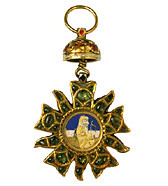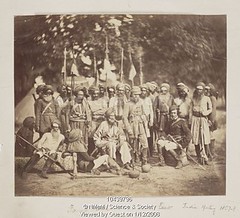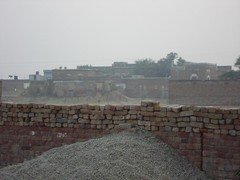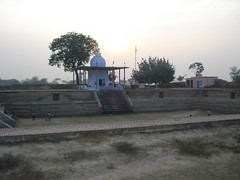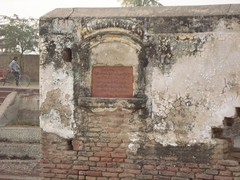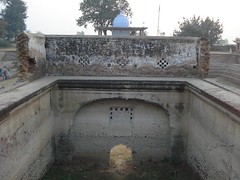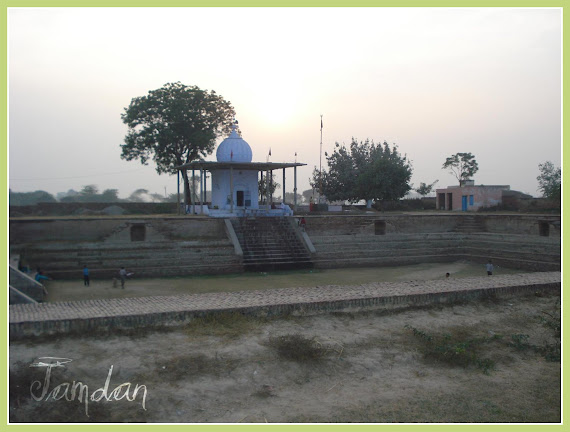Lets all step into a time machine and get transported back in time...say about a 100 years... 200 years and re-live the years of yore, the years of by-gone stately grandeur....
Remnants of a Bygone Era
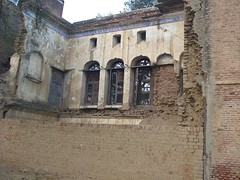
If only these minakari walls could talk and share with us precious historical moments rendering them immortal for all times to come.
However, in Remembrance; now a distant memory for the Families closests Kith n Kin; I compile this blog (Courtesy: Internet & New-age Era), reminiscing our glorious forefathers and ancestors.
Source:
Remnants of a Bygone Era

If only these minakari walls could talk and share with us precious historical moments rendering them immortal for all times to come.
However, in Remembrance; now a distant memory for the Families closests Kith n Kin; I compile this blog (Courtesy: Internet & New-age Era), reminiscing our glorious forefathers and ancestors.
Source:
Excerpt from “Chief and Families of Note in Punjab” by Lepel Henry Griffin
Originally scripted in Urdu and later translated & compiled in English sometime during 1940's.
You are welcome to be a part of the Jamdan Family.
Happy Reading!
Blog Admn @ Radhika Sood
PS:
The titles of Raja and Diwan, were sparingly bestowed & were essentially for distinguished service on the civil side.
While for the military officers, the title of Sardar or Sardar Bahadur was considered one of considerable distinction.
Originally scripted in Urdu and later translated & compiled in English sometime during 1940's.
You are welcome to be a part of the Jamdan Family.
Happy Reading!
Blog Admn @ Radhika Sood
PS:
The titles of Raja and Diwan, were sparingly bestowed & were essentially for distinguished service on the civil side.
While for the military officers, the title of Sardar or Sardar Bahadur was considered one of considerable distinction.











